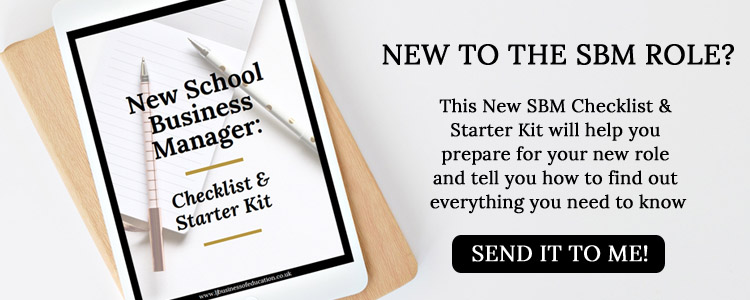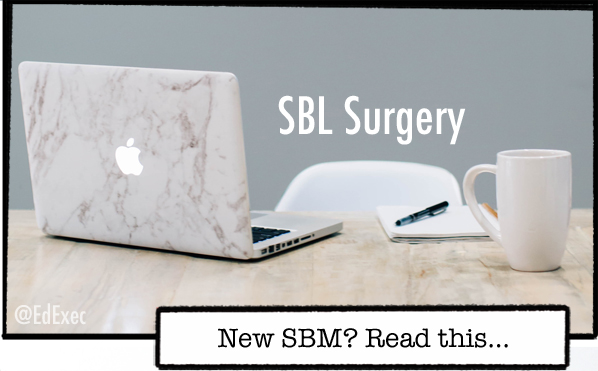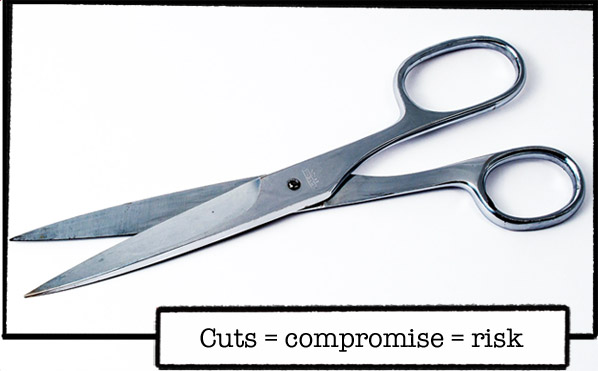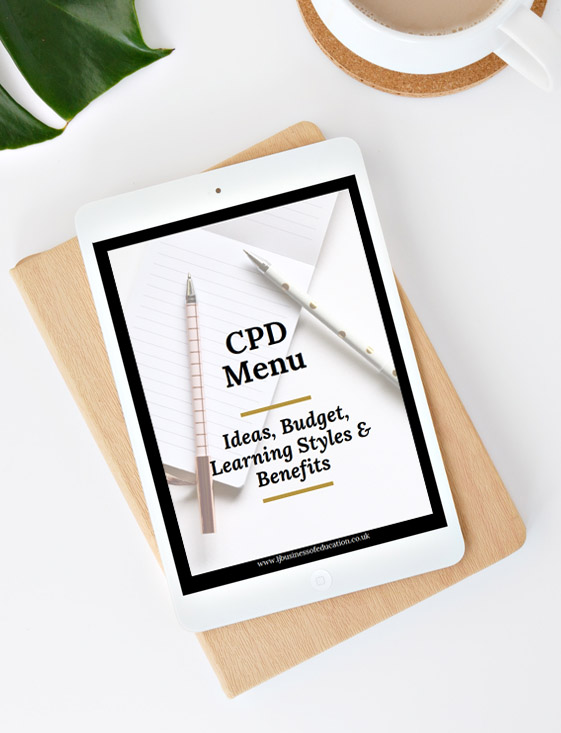In the first part of a new series the @EdExec resident agony aunt (me!), answers SBMs’ questions about their roles, their lives – and everything in between
“I’ve just moved into my new role as an SBM and I’m (understandably, I think!) feeling a little overwhelmed before I even begin – can you advise me on keeping calm, confident and focused as I begin this new adventure?”
First of all, congratulations on your new job as a new SBM – you are about to embark on the most exhilarating and crazy role of your career! An adventure is the perfect way to describe it. Along your path you will come across heroes, villains, treasures and trap doors. To navigate this weird and wonderful world, you’ll need to do one thing consistently, above all else, and it will be this that keeps you both calm and focused as well as sure-footed in everything that you do.
Get organised – and, more importantly, stay organised. Whilst you’re busy learning, observing and taking in your new surroundings, you’ll be expected to get on with the day job. Organising yourself, your thoughts, your tasks and your teams is the key to not only moving forward but also maintaining momentum and making informed decisions.
Though there are many things that will draw your attention in the first term, my advice is to not lose focus on these five things:
- Whilst you may feel overwhelmed right now, this stage of your journey is ripe with opportunity. You will never see your organisation through the same eyes again so take advantage of your fresh and unique perspective; being green, keen, enthusiastic and naive in your new role is the perfect time to ask bold questions. This shiny newness wears off pretty quickly, so you’ll want to take full advantage while you can.
- Make time to observe. It’s super important that you capture all your findings and observations during this time, so buy yourself some fabulous stationery and start writing! These notes will come in handy when it comes to organising your thoughts, triangulating what you’ve seen with what you’ve been told and planning your priorities and next steps.
- Make peace with the fact that you will have a to-do list that will never get done. Someone, somewhere will always expect something from you. Plan your calendar out in as much detail as you can to pre-empt as many of these demands as possible. Start by reviewing the school calendar and adding in key dates. Set preparation deadlines for yourself and your team and speak to key staff to ensure that you are clear what is expected of you. Make sure to add in any external deadlines also e.g. census returns, financial reporting etc.
- When you’re conflicted, ask for help. If you can foresee a clash of priorities or a ball at risk of being dropped, speak to your headteacher and ask for guidance; take your lead from their priorities and use these to underpin your own.
- As a new SBM, you only have one shot to make a first impression. Setting boundaries and expectations is critical but so is establishing and maintaining relationships with staff to get them – and keep them – on board. How people see you will directly impact how they interact with you so making conscious choices now about how you interact with them will make your job so much easier down the road.
- Because you are, in effect, ‘the only one’, you may find yourself feeling overwhelmed more often than you’d like – this is a perfectly normal feeling to have. One thing that all SBMs agree on, both new and long-serving, is that you don’t have to do this alone. Support is out there in many forms if you know where to look for it. To find out how to build both formal and informal SBM networks, check out this article: It’s Good To Talk
One final thought… whether you are new to education or new to the role, being an SBM is an exciting opportunity to make a difference. Enjoy the ride, make sure you have a stash of chocolate and always, always, always have a list!
…and speaking of lists! I’ve put together a free resource to help you navigate your first term as an SBM – just click the image below:

Like what you’ve read? Subscribe to this blog by clicking here.
P.S. Have you joined The Business of School Leadership Facebook Group yet? For practical support, advice, tips, tools & guidance about all things school leadership, join us in the community by clicking here.
Written for: Education Executive Magazine (@edexec)











